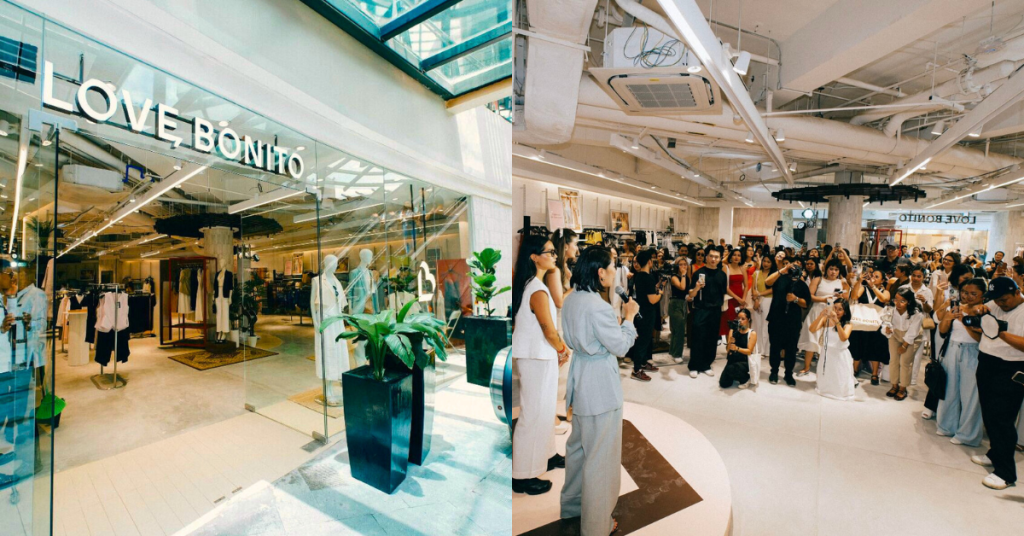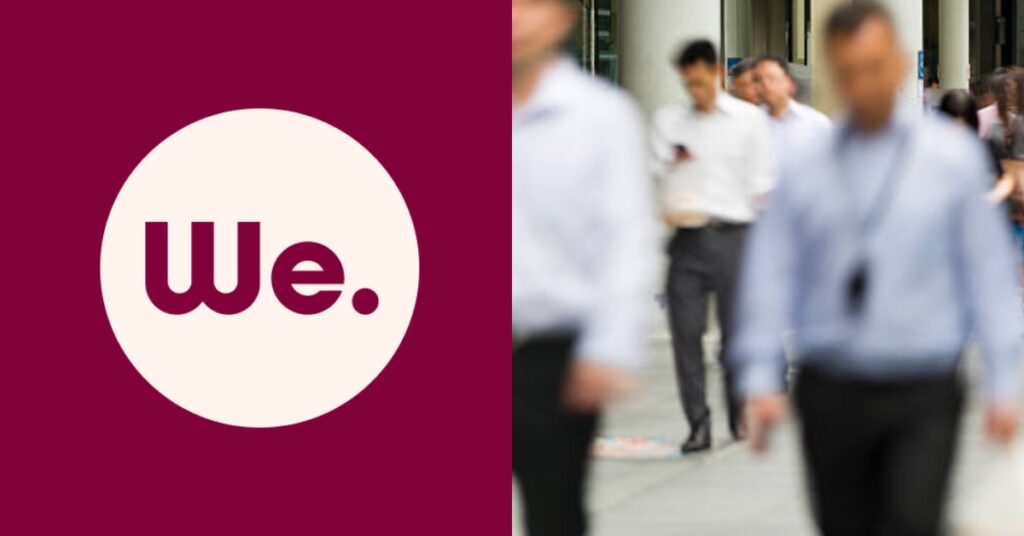What’s the next big thing after you’ve established your company as a local staple?
You broaden your horizons by entering new markets overseas, of course. At least, that’s the route that many startups take, for good reason.
There are plenty of benefits that come with taking your business international. This includes upping your revenue potential, accessing larger talent pools, enhancing competitive resilience, and gaining global brand exposure.
However, getting to that stage isn’t easy and you can’t just jump the gun. So here are five things businesses need to consider before expanding into the global market.
These insights were shared during the recent Tech in Asia Conference Kuala Lumpur 2024, by:
- Dione Song, CEO of Love, Bonito (an omni-channel womenswear brand with presence in markets like Singapore, Cambodia, Indonesia, Hong Kong, and Malaysia)
- Nandini Joshi, Deputy CEO of StashAway (a digital wealth manager operating across Singapore, Malaysia, the Middle East, and North Africa)
The session was moderated by Winston Zhang, Managing Editor of Tech in Asia Studios.
1. Are you clear about who you want to be?
Know thyself, as Socrates once said.
Companies need to first understand what their core branding is and which market you’re serving.
For Love Bonito, their focus is on being a premium fashion label. So you won’t see them creating products and marketing them to the mass market. “You need to focus on how you want to position [yourself] and where you want to go,” Dione explained.

Keeping these pillars in mind will help to avoid straying from your original goals.
2. Do you have enough lookalike markets?
“Are there enough markets and cities that we can cater to in the same way [as we do now] without having to diversify and customise our existing range?”
This is a crucial question Dione advised other entrepreneurs to think about. While yes, no two countries are identical, the market you’re entering should be alike enough that it doesn’t change too much of your business.
In Love, Bonito’s case, they expanded to Hong Kong because the target demographic and preferences are pretty similar to that of Singapore’s. What works for Singapore, works in Hong Kong, she said.

Similarly, StashAway found that most major cities across the world had a good demand for their fintech services. From there, they narrowed the list of potential locations based on the similarity of regulatory frameworks.
If you have deep pockets then by all means, you can ignore this piece of advice. But in the climate today, companies should be more mindful of how they’re spending that dollar.
3. Is there really a demand for your products and services?
It’s easy to think that a lookalike country would have similar demands for your offerings, but you should solidify that with data. A risk-free way of getting this product-market validation is by expanding online first.
Love, Bonito’s strategy is by pumping a small sum into marketing there first to see what sticks before deciding if they want to invest more. Because by then, maybe you’d want to reduce your overheads and OpEx (operational expenses), but that takes an investment so you’ll have to wait.
Dione’s advice? “Always have the single warehouse strategy in the early days because you don’t want to break up inventory. The moment we see traction, we may split it up a bit more for operational efficiency.”
Another strategy that’s more suitable for omni-channel businesses would be on-the-ground validation. This could be as simple as a pop-up strategy.

Dione explained that doing so helps in better understanding the landscape, as well as getting commercials and structure right before going all in and taking permanent leases abroad. This has been Love, Bonito’s modus operandi for all the key markets they’ve expanded in and it’s worked for them so far.
4. Are you localising or building a company from scratch?
It’s easy to get caught up in all the online tips that say you must localise your products and services.
But you should be careful not to overly localise your offerings either. Not only that, you should pay attention that you’re also localising the right things.
In StashAway’s case, localising their fintech service means making sure the deposit and withdrawal methods suit the market they’re in. How to know you’re localising the right things? Generally, they should help attract and retain your early adopters.
“If you have to localise more than 15%, you’re building a company from scratch; that’s not an expansion,” Nandini stated. “That’s a different cost and you can’t centralise things, so you have to be very deliberate about it (localising).”

Otherwise, if you localise too much then you’ll also be losing scalability, which defeats the purpose of expansion.
To figure out which aspects to localise, the two panellists advised entrepreneurs to look at which behaviours you want from consumers. Are you looking to change their existing behaviours? Is it to teach a new behaviour?
5. Is it the right time for you to expand?
Dione’s advice is that companies shouldn’t go into international expansion too early, too quickly.
“Even with Singapore being small, you can still get to a much more sizeable scale by focusing on that [home] market first, ensuring that it’s really cash-flow generating [and] highly profitable, to take that and reinvest in your growth markets.”
On that note, Nandini chimed in and recommended companies not to expand during crazy and uncertain times.
Speaking from her own experience, Nandini shared that they expanded StashAway in Dubai during COVID-19 and she’s not sure if it’s the “sanest” thing she’s ever done. While it worked out for her, it relied heavily on having a reliable on-the-ground team early on.

“You can have the best strategies, the best numbers, [and] the best insights. But if you don’t have the right people who understand that there will be things that come up, new hypotheses that might fall flat very quickly, and are ready to deal with that, an expansion can be really painful,” Nandini quipped.
-//-
Overall, the key takeaways that Nandini and Dione hope other startups remember are:
- Localise under 15%. Keep it simple, if it’s complicated then you need to rethink and call it something else other than expansion.
- Assuming your current product is solving a market need, you should think about your market-to-product fit instead of the other way around.
Seeing as how both of these businesses have been able to grow and establish their presence in international markets, it might be wise ask yourself the five questions above before dipping into your funds.
- Read other articles we’ve written about Malaysian startups here.










